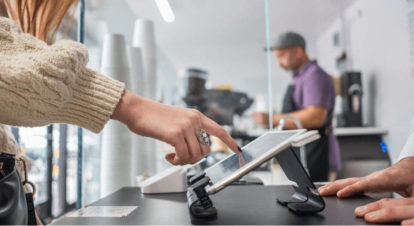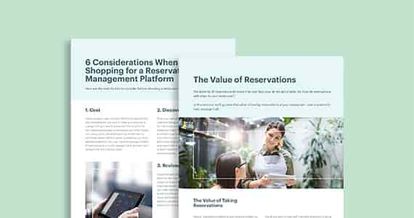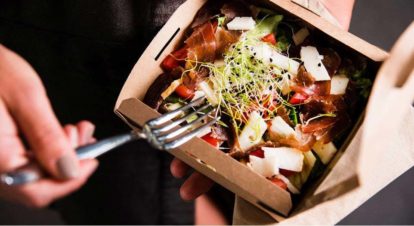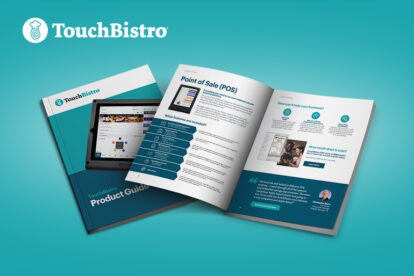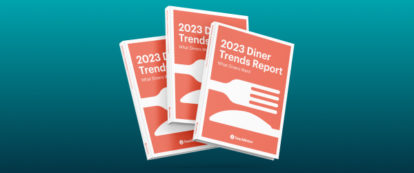An electronic point of sale (EPOS) is a computerised system that brings together many core aspects of restaurant management, including financial transactions, stock control, and staff management. This technology has become popular in the digital age; however, it can be tricky to find the best EPOS system for your restaurant.
Traditional POS systems can be cumbersome and expensive, while cloud POS systems rely heavily on a stable Internet connection.
Luckily, there is a third option that can save you a lot of trouble.
A hybrid EPOS system offers the best of both worlds.
In this article, we’ll cover:
- The different types of EPOS systems
- The pros and cons of each
- More reliable options for your restaurant
Let’s get started!
Types of EPOS Systems for Restaurant Owners
Restaurant owners have three main types of EPOS system to consider:
- Legacy or traditional POS
- Cloud POS
- Hybrid EPOS
Let’s learn a little about each system.
What is a Legacy POS System?
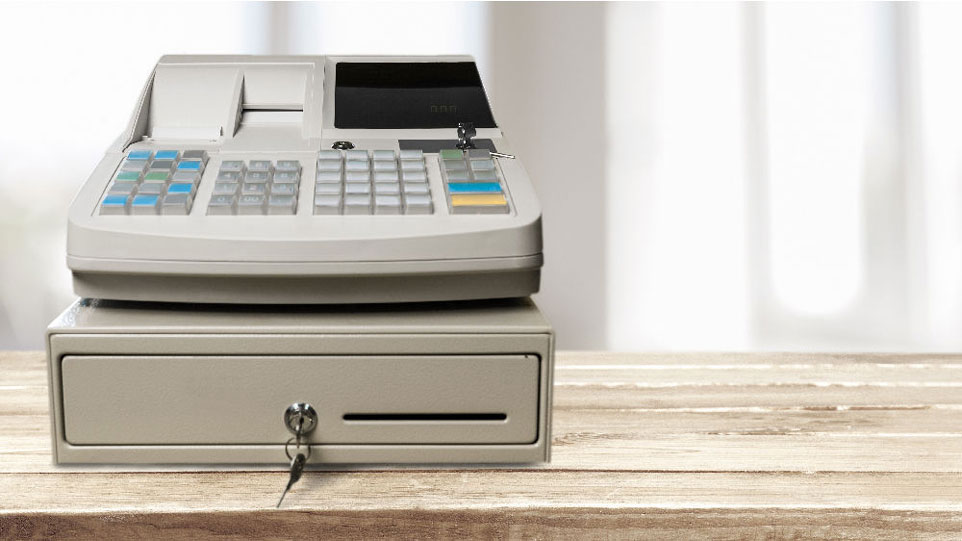
A legacy point-of-sale system is an older model that doesn’t rely on the Internet. These traditional systems store data on a local server.
Your cash register would be in the restaurant, and the transaction data is collected and run through a closed internal network, which sends everything to a local server computer in your back office.
Benefits of a Legacy POS System
- Hands-on approach – You have everything you need on your premises, making it easier to manage any issues in-house.
- Diverse functionality – Traditional systems have a lot of features such as accounting, data storage, inventory management, and security.
Drawbacks of a Legacy POS System
- Prone to crashes – Older systems can be vulnerable. If they crash or get hacked, you can’t continue serving people, and the technical issues may take a long time to resolve.
- No mobile option – The only way to pull information from a legacy POS is on-site. You can’t get any data if you aren’t in the restaurant.
- Expensive and bulky – You need additional hardware for these POS systems. Not only does that mean higher upfront costs, but it also takes up more space.
- Difficult to Update – There is no quick fix here. Updating a legacy system requires onsite visits from trained professionals. Furthermore, there is significant downtime during updates, and you will need to spend more time retraining your staff.
What is a Cloud POS System?

A cloud point-of-sale is an online EPOS system that stores data on a remote server.
How does a Cloud POS system work?
A Cloud POS system stores all your restaurant business data in the cloud. This has advantages over legacy systems, as you can access the data from anywhere with an Internet connection.
Research indicates more than 60% of merchants want their next POS system to be cloud-based. The problem is that if the connection fails, your data will not update automatically, and you won’t be able to perform certain functions.
Benefits of a Cloud POS
- Remote Access – As the cloud is everywhere, you don’t need to be in your restaurant to know what’s happening.
- Security – Cloud systems are more secure than traditional systems. This protects your data and the integrity of your business.
- Subscription-based – Many Cloud POS systems run on a monthly subscription, which can be tailored for your business. This makes it more cost-effective, and scalable as you grow. Unlike a legacy system, updates are quick and simple, allowing you to benefit from the most up-to-date features and functionality.
Drawbacks of a Cloud POS
- Internet-Dependent – If your connection fails, so does your POS. Your business is essentially at a standstill until you can get back online. Given the stability of the typical UK wifi connection, paired with remote locations or basement venues, this is a real drawback that is yet to be solved by most Cloud providers.
- Limited customisation – Many cloud POS systems don’t allow for customisation, which can restrict your branding efforts.
Why a Hybrid System is the Best Restaurant POS
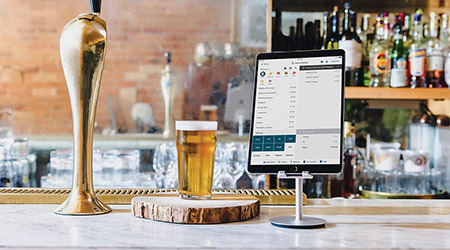
So, considering the limitations of a cloud POS and traditional POS, it’s clear that neither is perfect. A better solution is needed.
It’s time to look at a hybrid system.
What is a Hybrid System?
The hybrid point-of-sale system consists of two separate elements:
- A local server – this is a hardwired, local connection similar to a traditional POS system. However, unlike the old legacy system that requires a larger server computer, the hybrid EPOS server is a slick, compact computer.
- Cloud reporting – all data is uploaded to the server first, and then the cloud. This means you have remote access to your restaurant data from anywhere in the world.
7 Big Benefits of a Hybrid EPOS System for UK Restaurants
A hybrid EPOS system is effectively the best of both worlds, in that it offers the flexibility of the cloud and the stability of a local server. This offers restaurant owners in the UK several great benefits. Here are seven big benefits of going with a hybrid EPOS
1. Reliability (Even During A Power Cut)
Imagine this: It’s Saturday night, and your restaurant is jam-packed.
Suddenly, an unexpected power cut knocks out your Internet connection, and with it, your point-of-sale system. With over 100 customers waiting to be served, you’re powerless to help.
Literally.
With a hybrid system, you can embrace the innovation of the cloud, but rest assured that you have the stability of a local server. Therefore, you don’t need the Internet. All data will be saved on the local server. Once the power is re-established, it will resync with the cloud. Your customers might have to eat by candle light, but you can still serve their drinks and dessert through your EPOS.
This added security gives you great peace of mind. Even if circumstances take out your wifi connection, the show will go on.
2. Superior Connectivity Wherever You Roam
You might not be too worried about dodgy Wifi in your restaurant, but when customers whip out their card to pay you, that poor connection quickly becomes your problem.
Thankfully, a hybrid system can save you.
You can process payments offline or in any potential dead Wifi zones, such as in a basement venue or outdoor seating area.
Staff won’t have to run up and down the stairs trying to find the best signal, as they can get on with their job on the separate connection. They’ll just have to watch out for marauding customers trying to find WiFi to upload their Instagram shot of your amazing dishes.
You might not be too worried about dodgy wifi in your restaurant, but when customers want to sit right at the back of your beer garden and order food, a cloud connection soon becomes your problem.
Thankfully a hybrid system can save you.
Thanks to the superior local network a hybrid system provides, your server can take orders at your most remote tables and instantly send the order to the kitchen.
Staff won’t have to run back and forth to place orders, they’ll just have to watch out for marauding customers trying to find wifi to upload their Instagram shot of your amazing dishes.
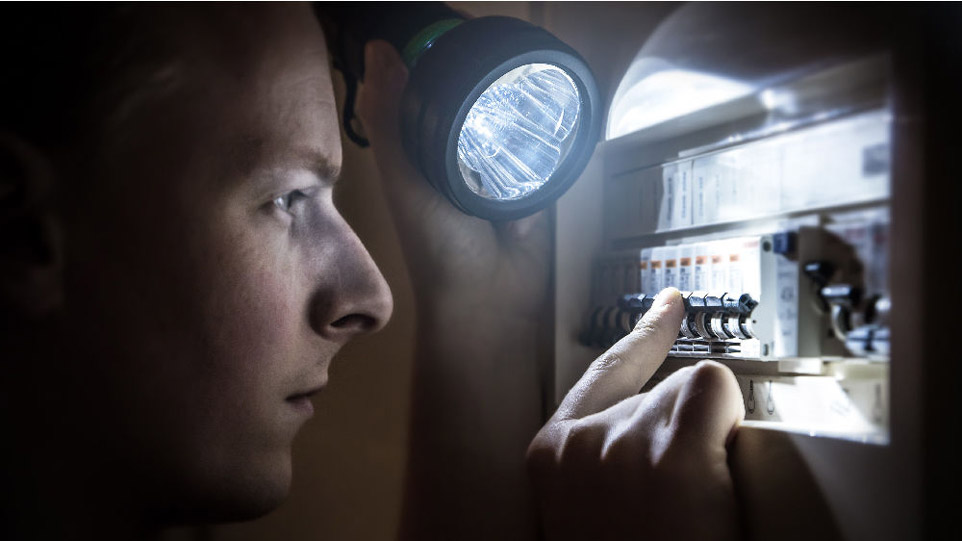
3. Accessible from Anywhere
It can get tedious having to travel to your restaurant just to check up on things on the server computer.
Anytime you want to look over financial transactions, whether it’s to update your menu or get a quick peek at last night’s takings, then you need to physically go there and find out.
This is the digital age – why make things harder than they need to be?
With the flexibility of cloud access, you can run some sales reports from your living room, or even check in on the business when you’re sipping sangria in Tenerife.
4. It’s a Space-Saver
The old buildings in the UK don’t just have dense walls – they also tend to lack space for the hardware you need with a legacy POS system.
One reason that a hybrid system is the best restaurant EPOS is because of its incredibly compact size.
The mini-computer is a petite square box about 7-inches wide by 1-inch high, which can easily be mounted on the wall of your bar. Armed with a cable-free Bluetooth keyboard and mouse, this takes up very little space.
The system is completed by a desktop monitor that acts as your backroom POS server. Similarly, it doesn’t require much room, leaving you with fewer worries about accommodating a load of bulky hardware.
5. User-Friendly Interface that Makes Training Easier
The restaurant industry has high employee turnover, with staff retention levels hovering around 70% – significantly lower than the 85% UK average.
You don’t need to be wasting time constantly putting new employees through their paces with a complex training program.
Thankfully, you don’t have to do this. An EPOS with a smooth interface makes it easier for you to train new employees and keep your staff happy.
6. Reliable Hardware & Service
The right software is only made better by great hardware.
You want to run your business on hardware that’s reliable and easy-to-use. If your tech is constantly failing you, you’ll spend more fixing your hardware than fixing up dishes. Knowing what hardware your POS system is compatible with while deciding on a provider is key.Because when you pair your hybrid system with reliable hardware, it makes an even more powerful tool for your business.
7. A System That Grows With You
You need technology that can evolve with your business. The right EPOS does just that.
Choose a hybrid EPOS with regular updates and you’ll have a scalable system that grows alongside your business. While considering POS options, ask about how regularly the software is updated and avoid working with a system that isn’t meeting your needs a few months down the road.

It’s Time You Said Hello to the Hybrid EPOS
The hybrid EPOS system offers you the reliability of a legacy system and the flexibility of a cloud POS. It’s more reliable, secure, and scalable.
Simply put, it’s built for businesses that want to grow in the digital age.
If you want to grow your restaurant, it’s time for you to get a hybrid system.
Free Resources for Restaurant Owners

